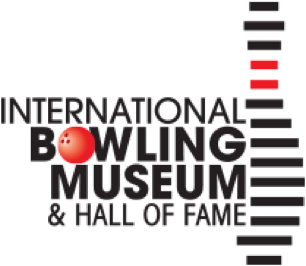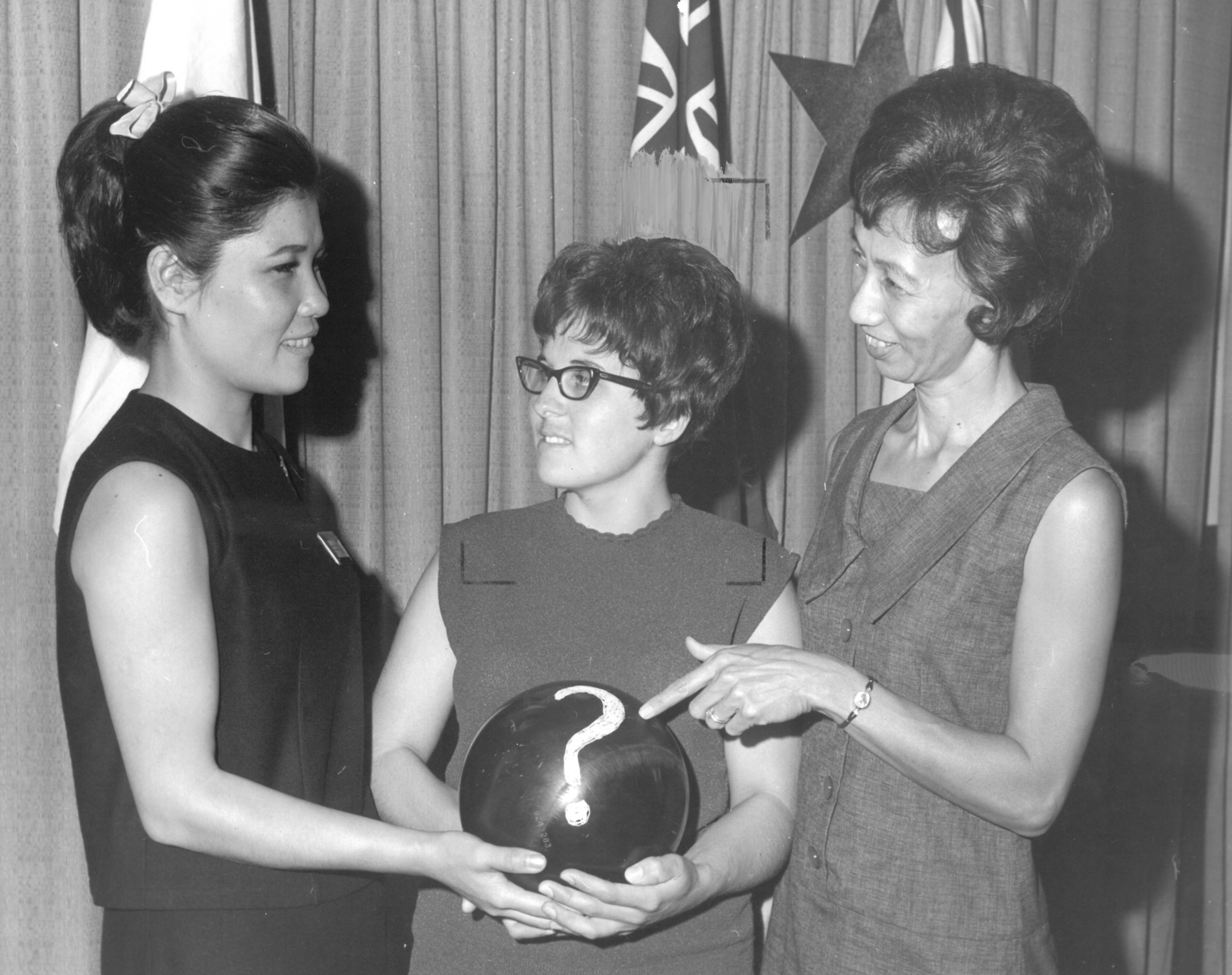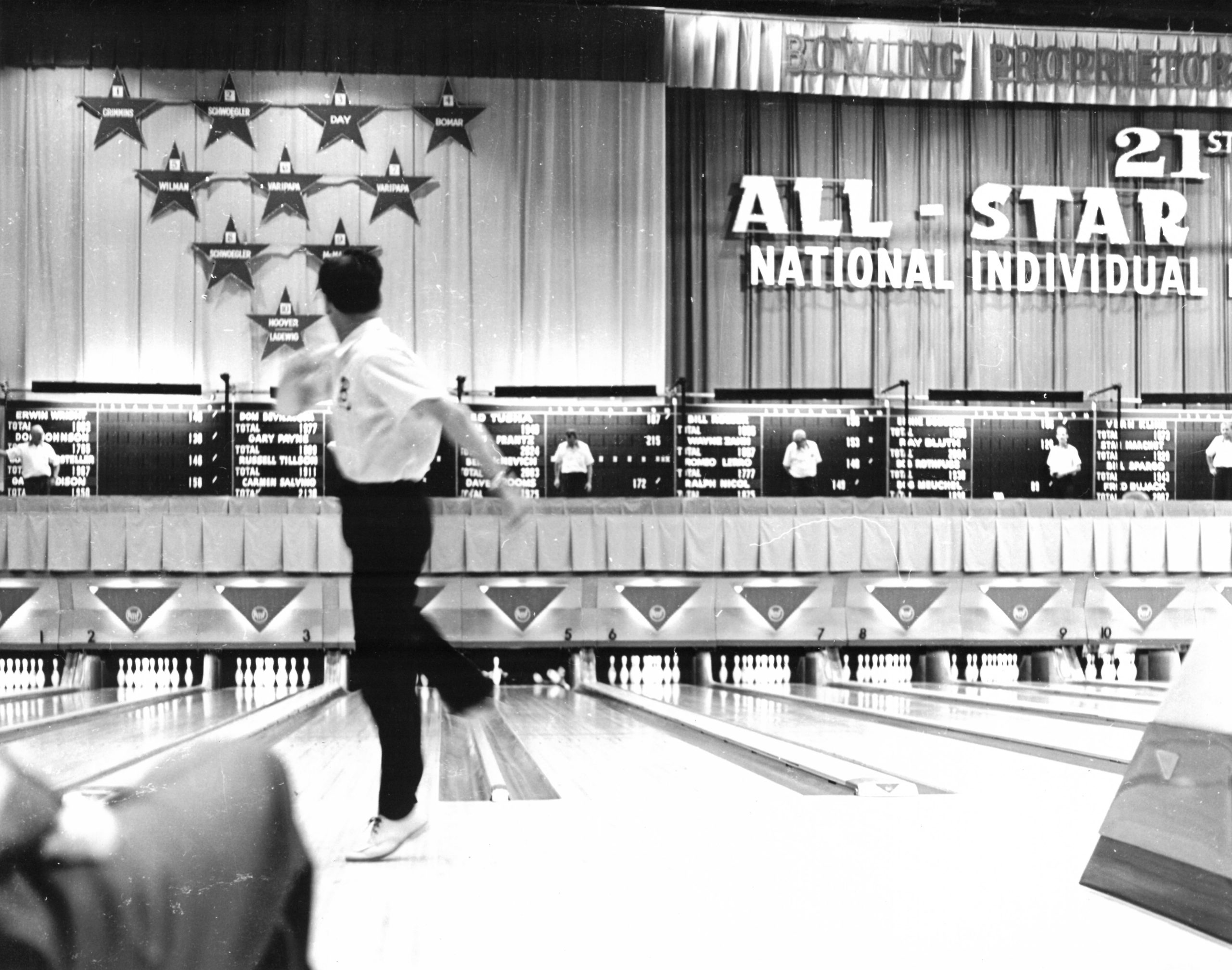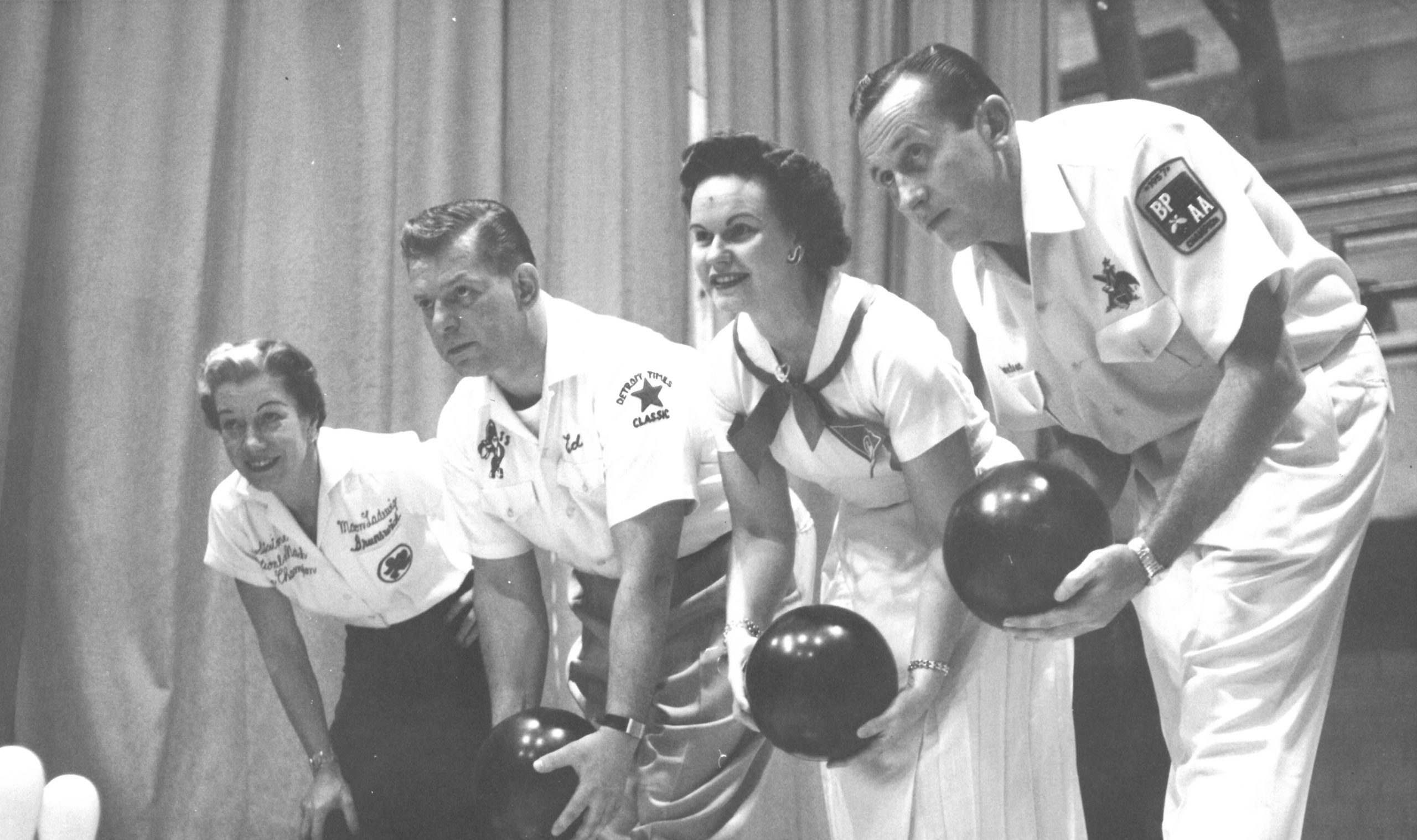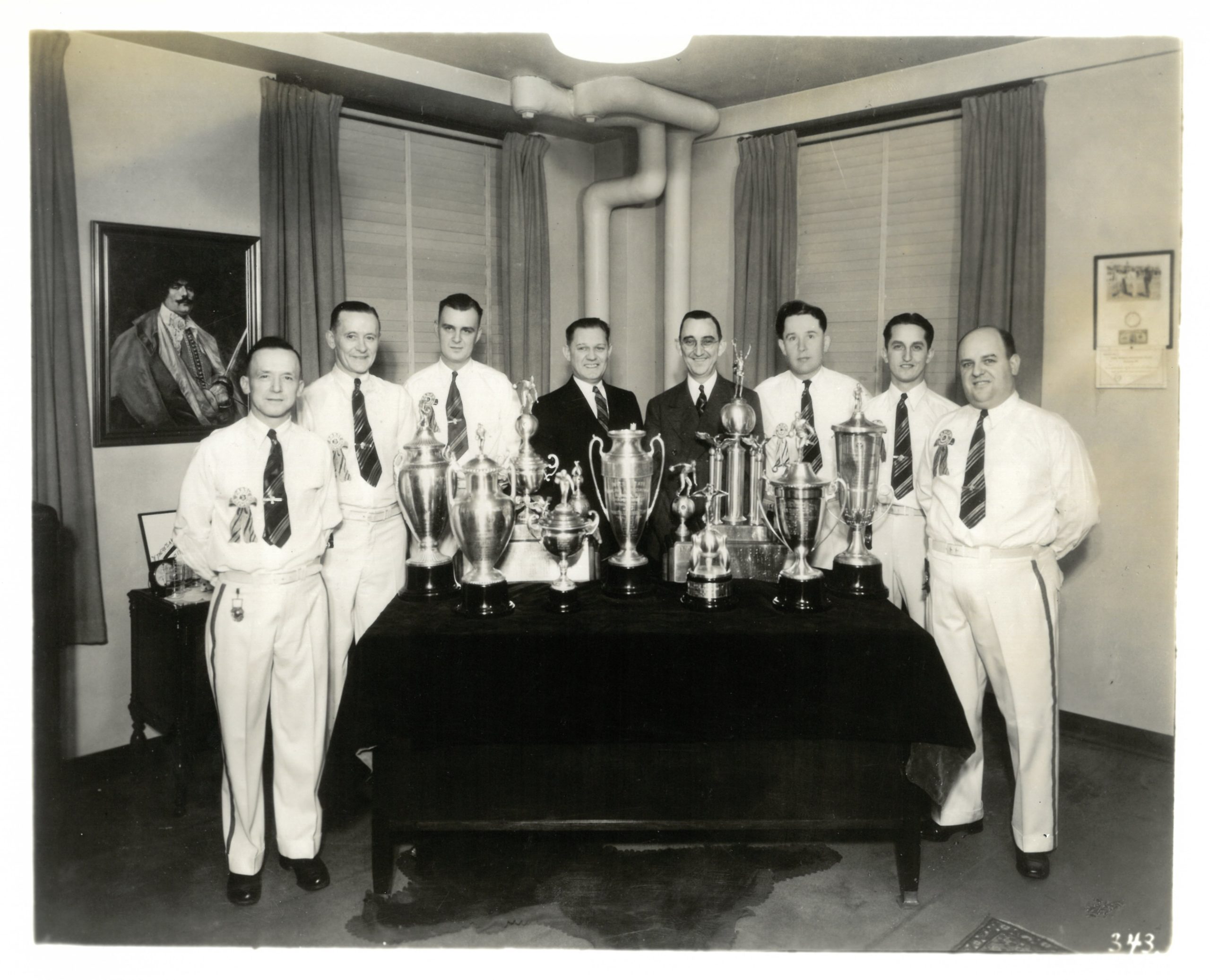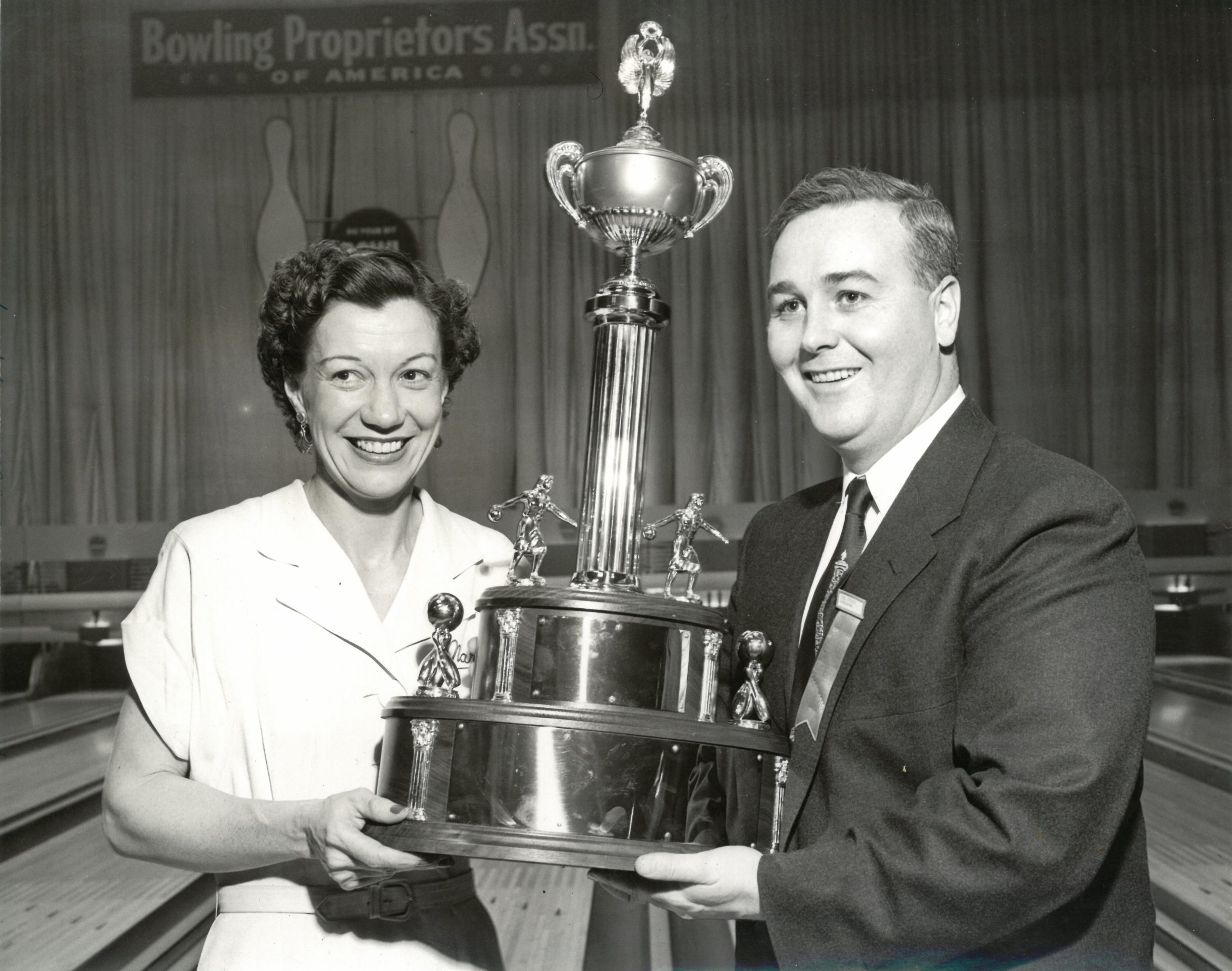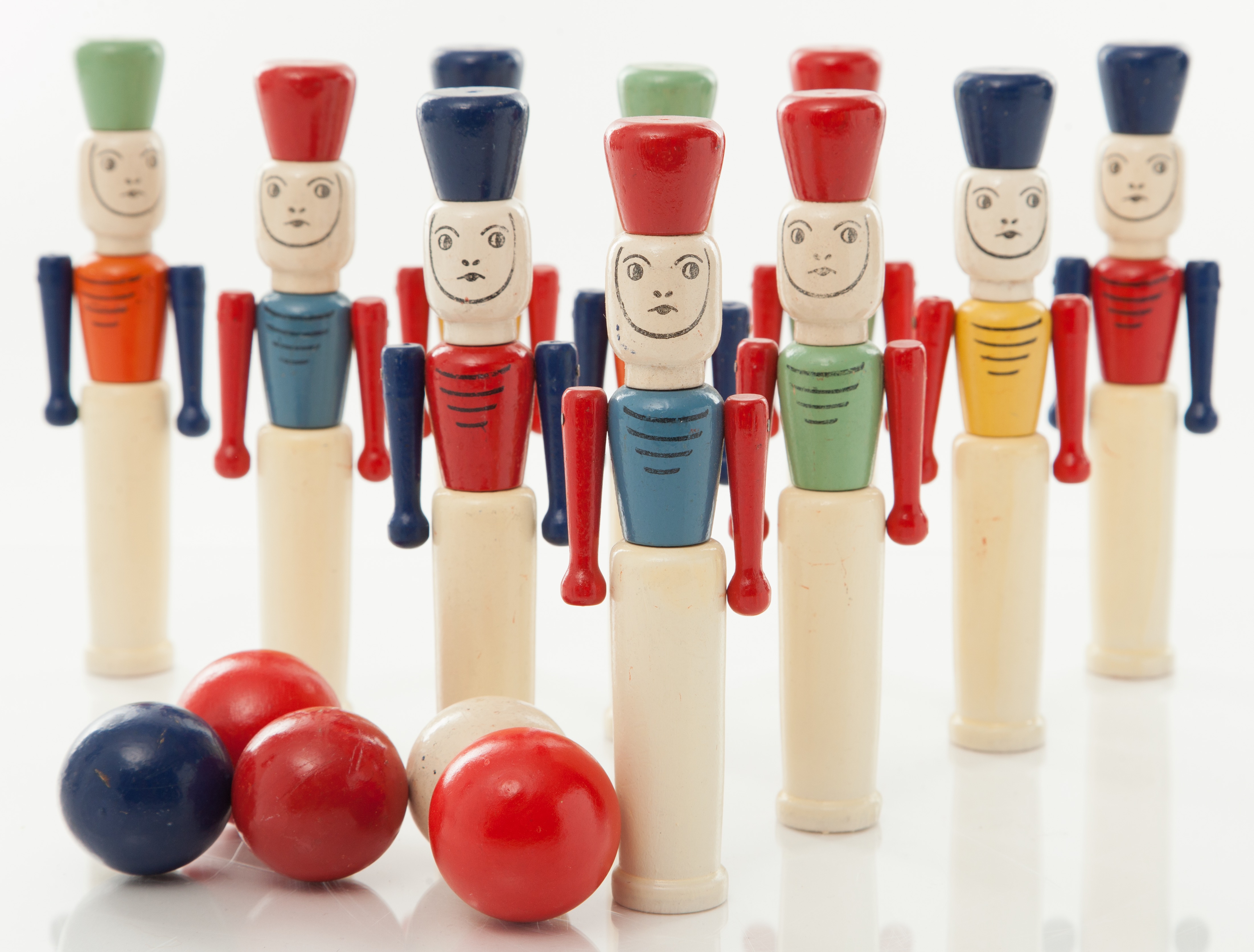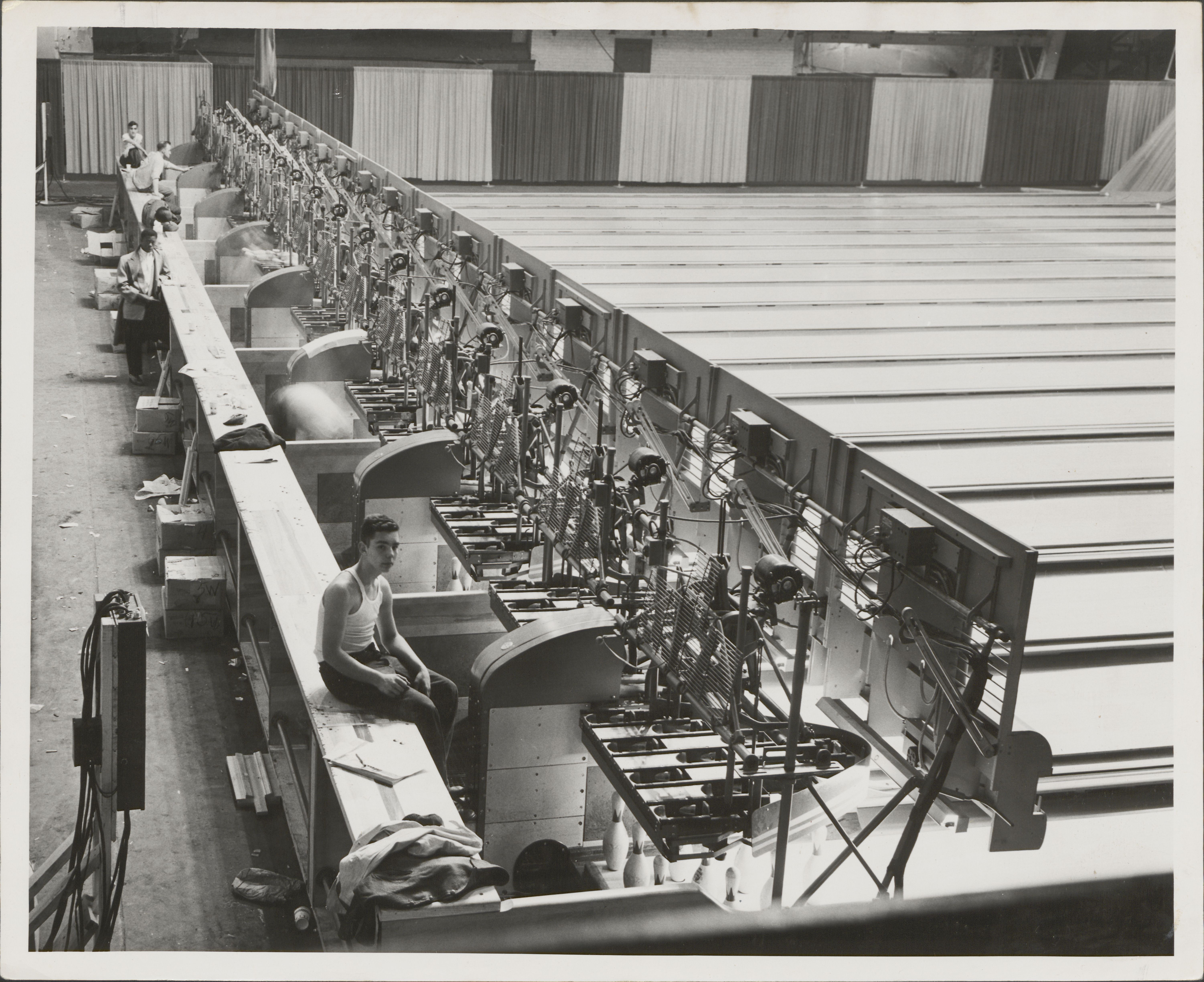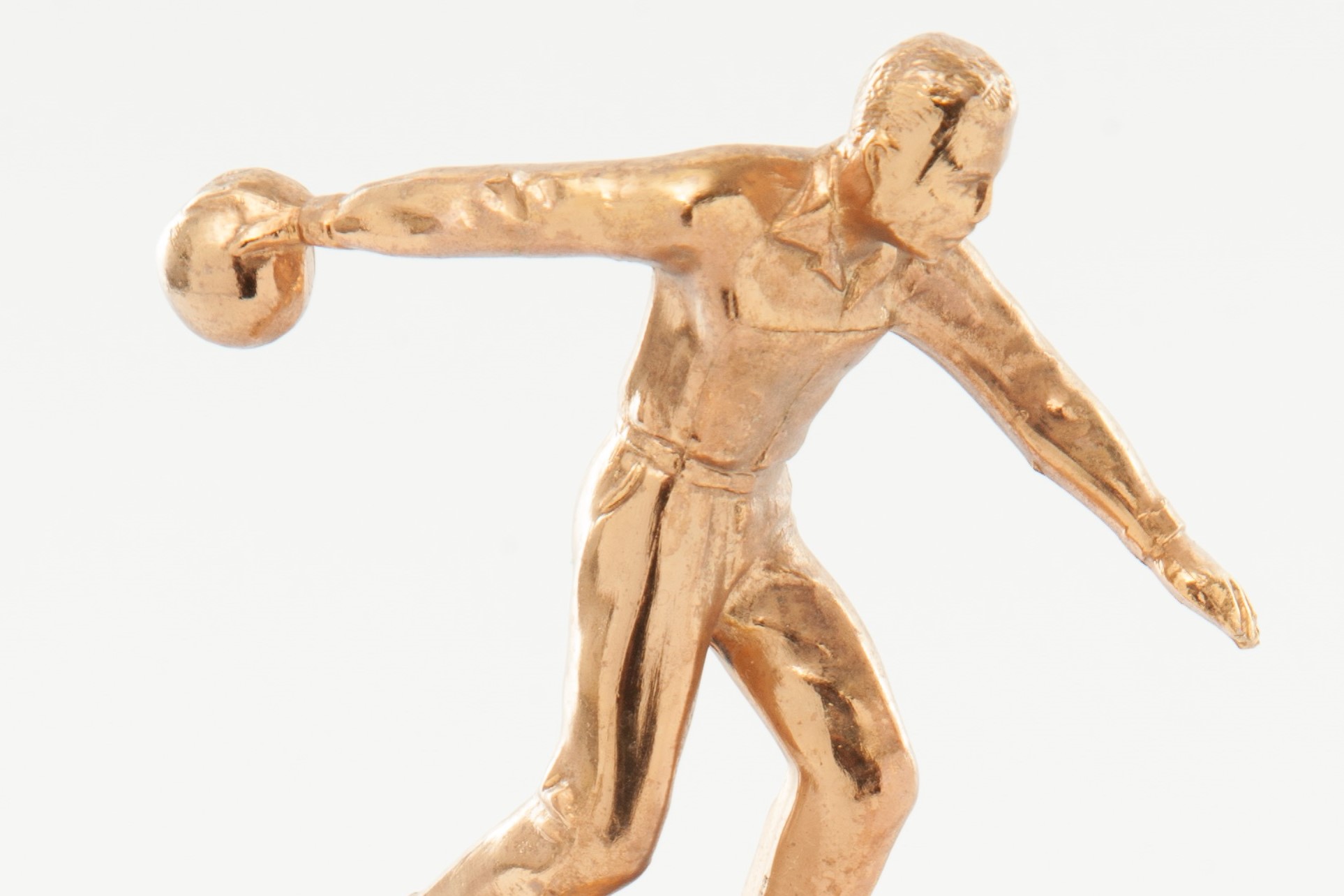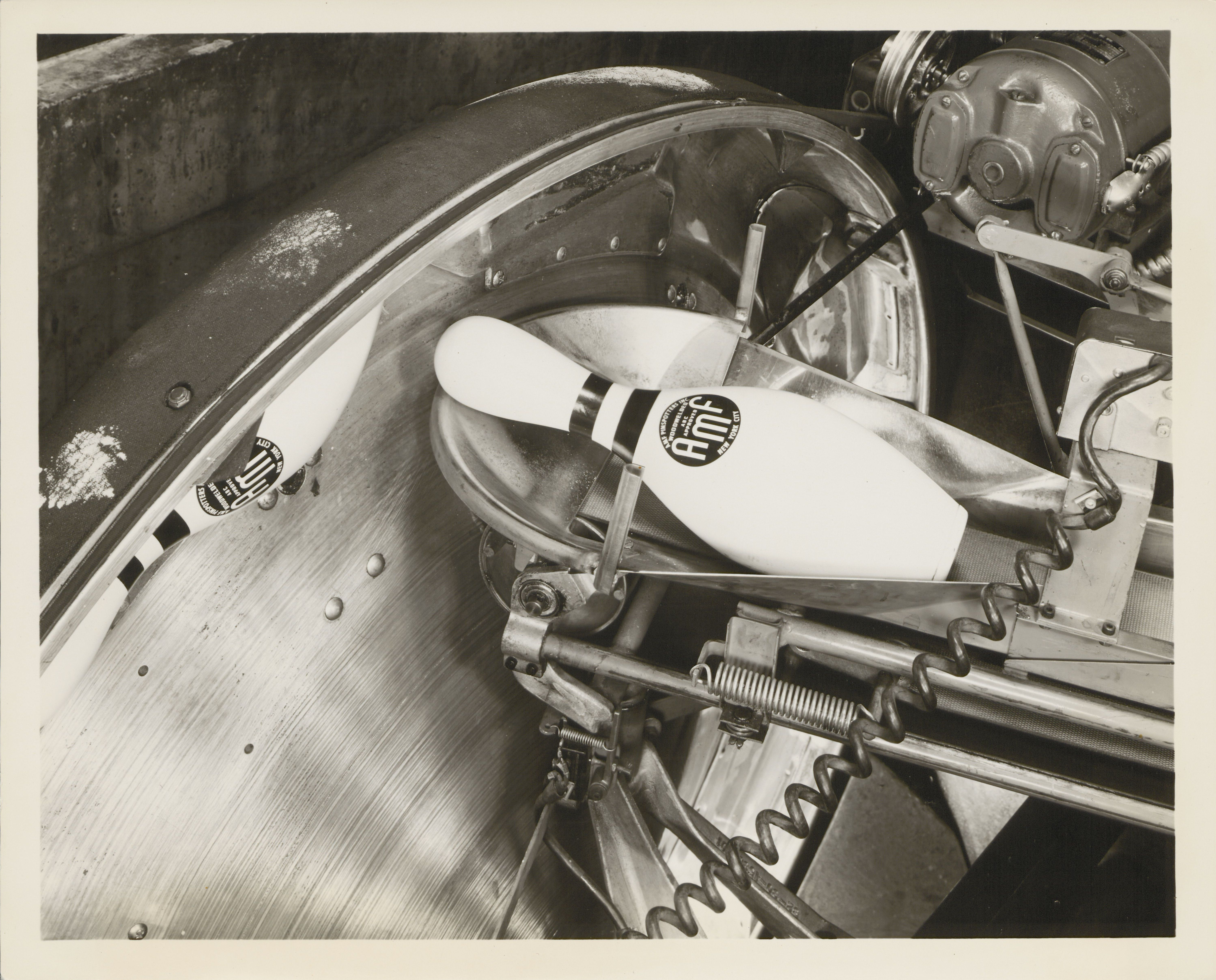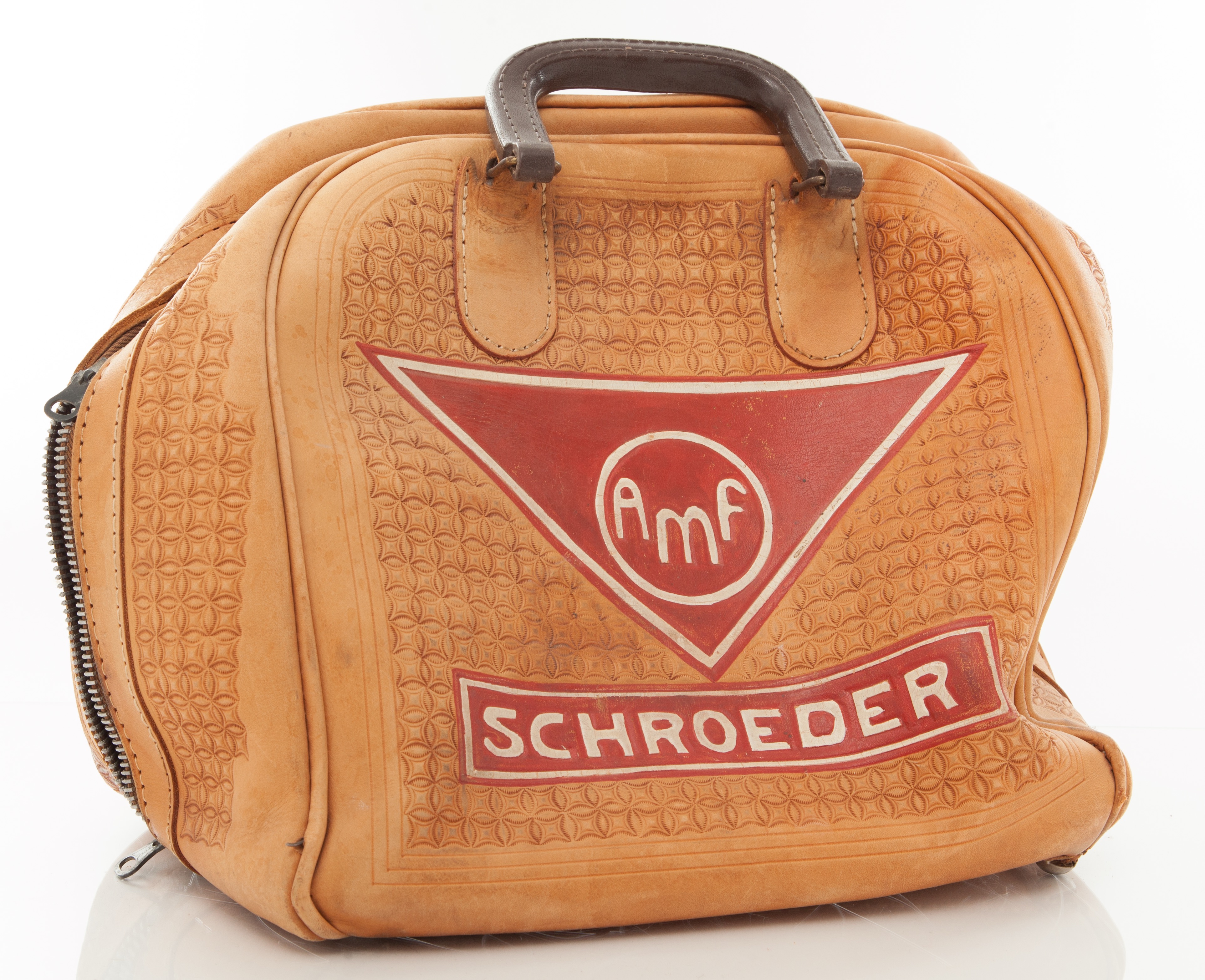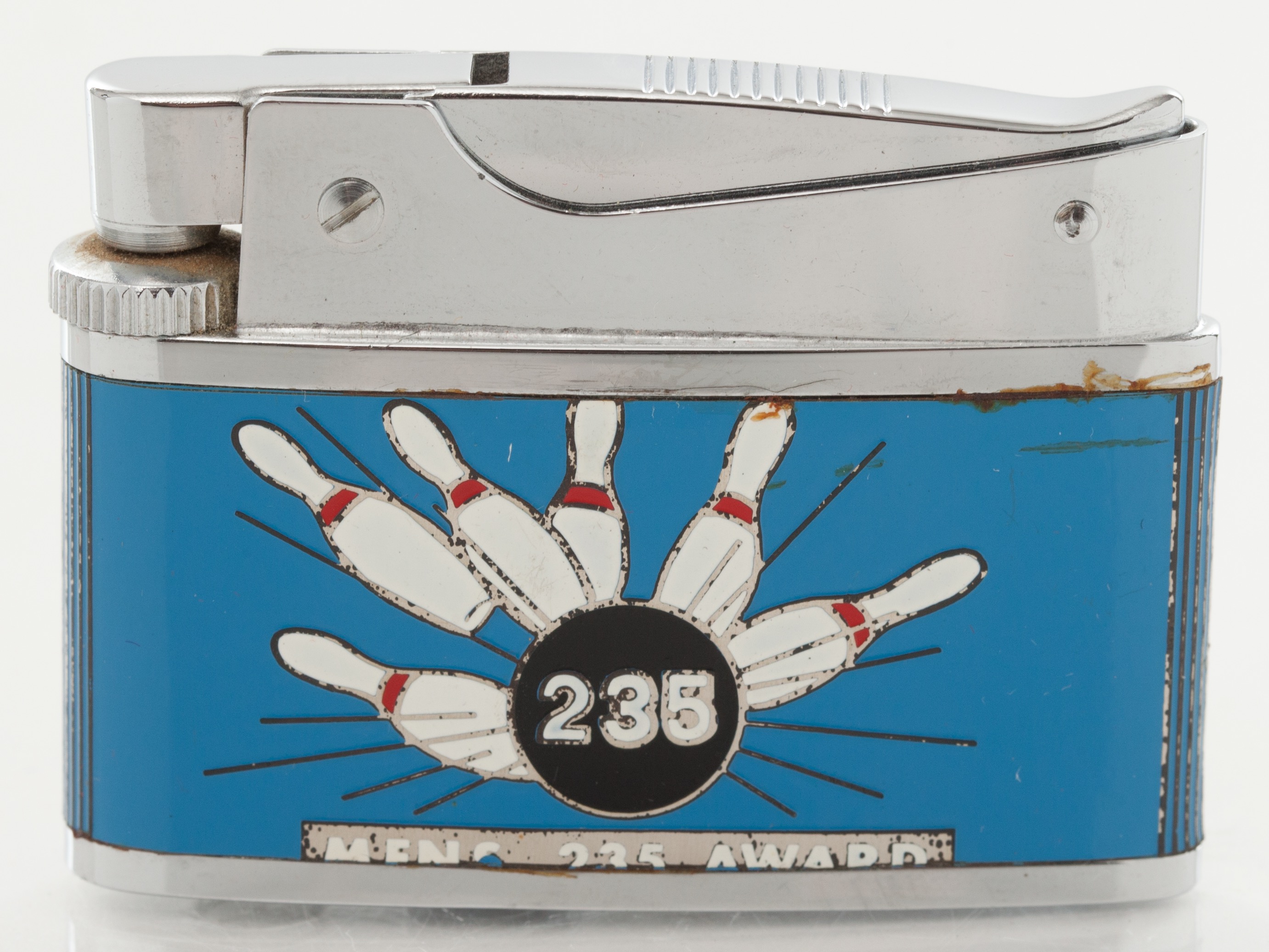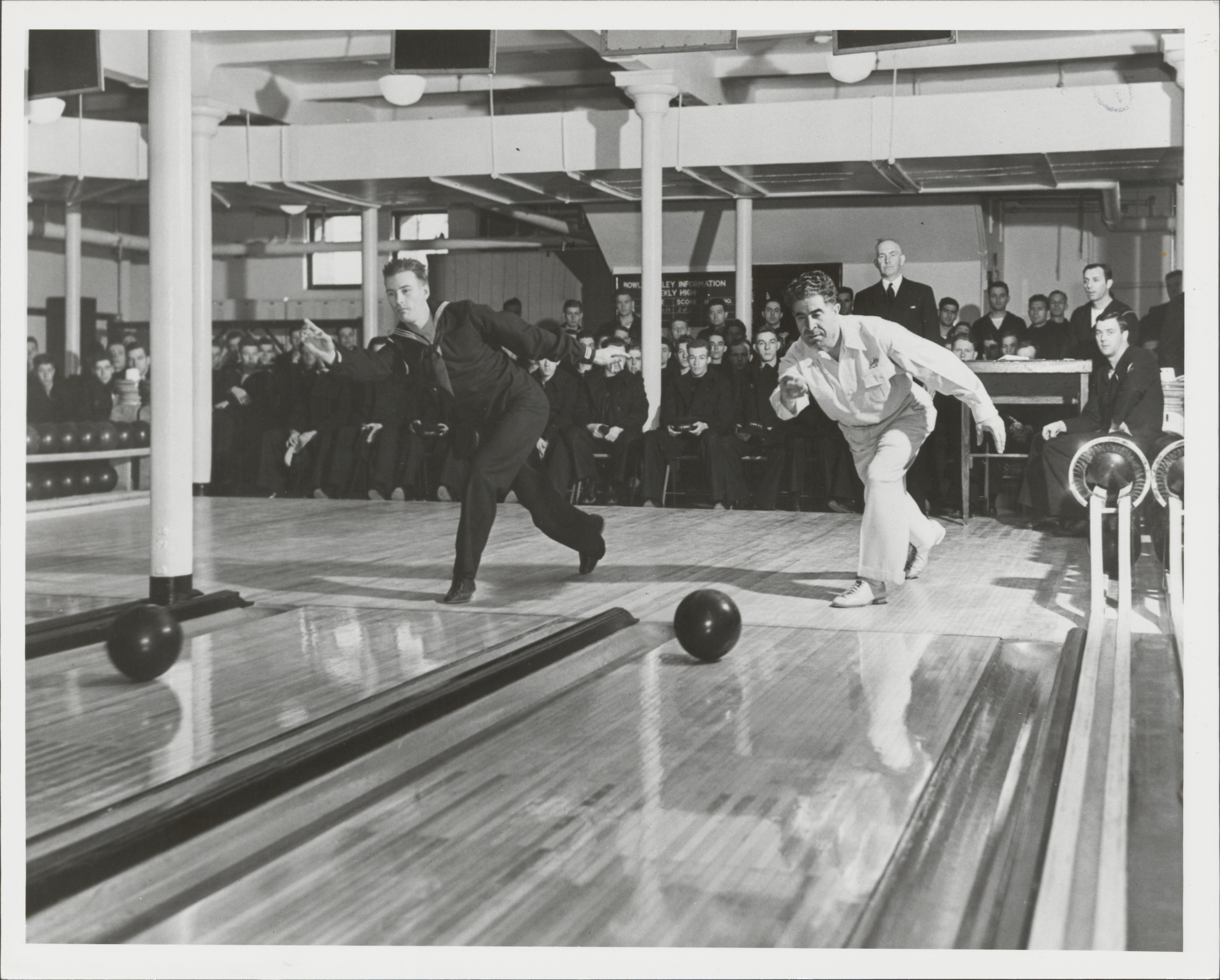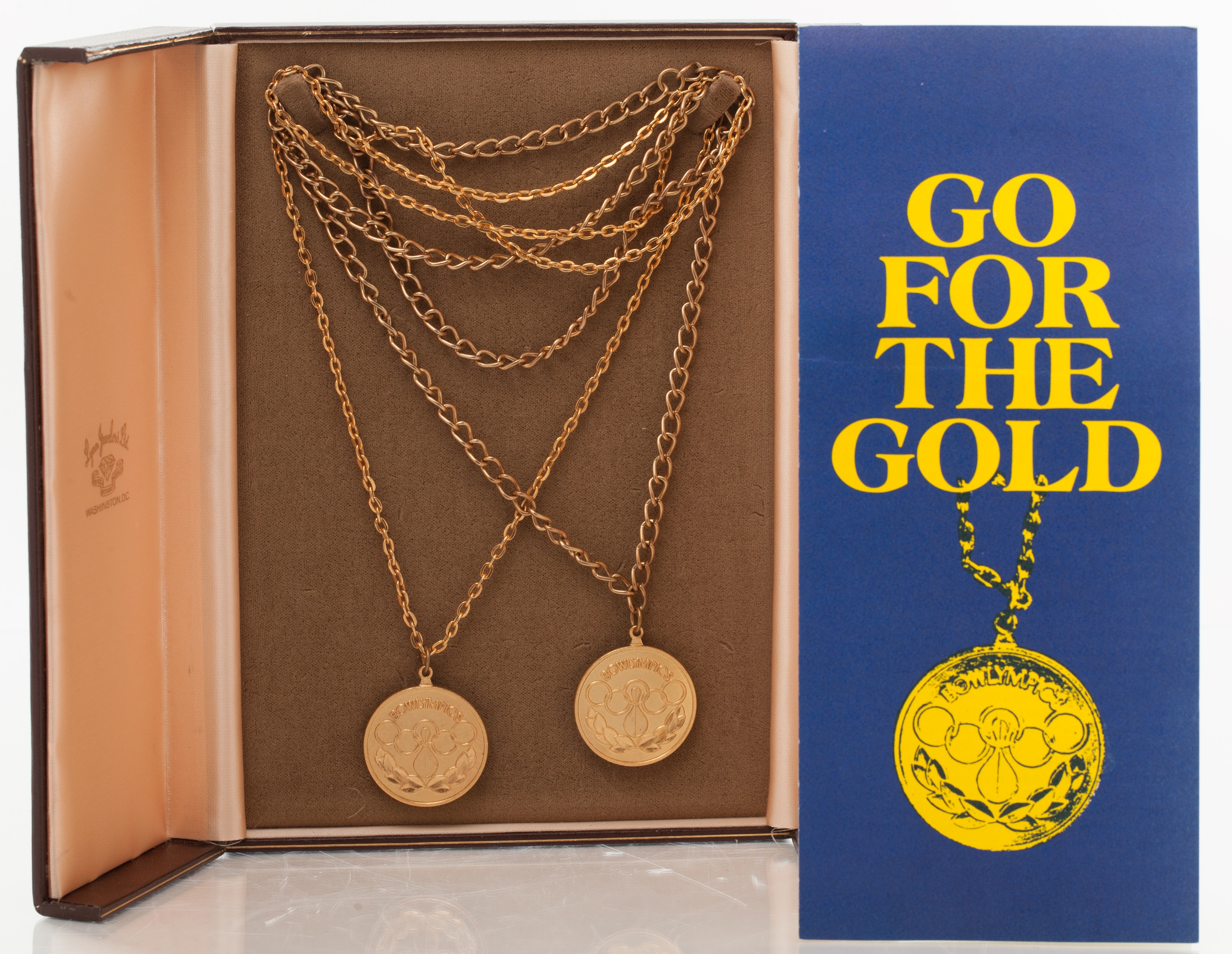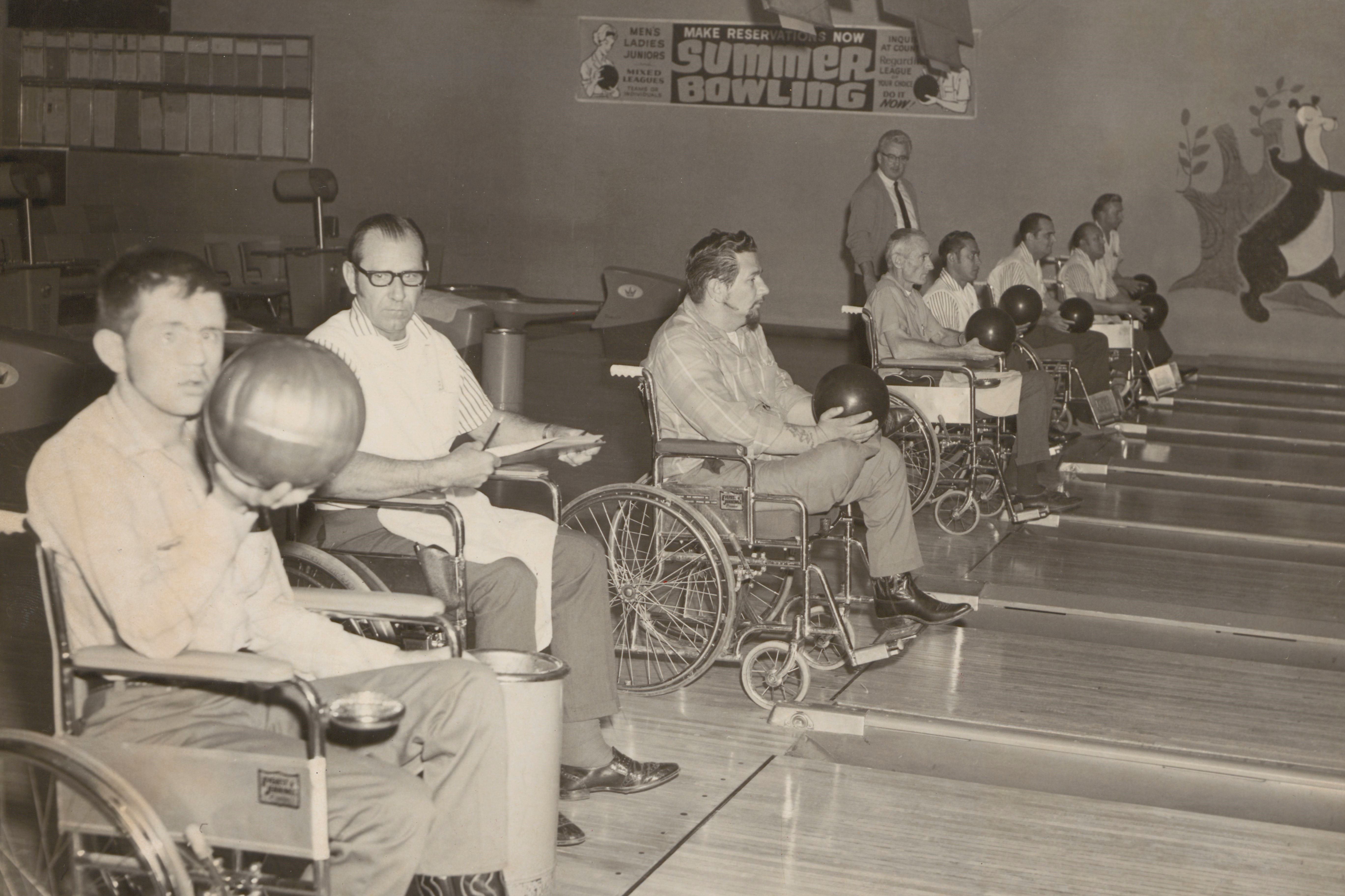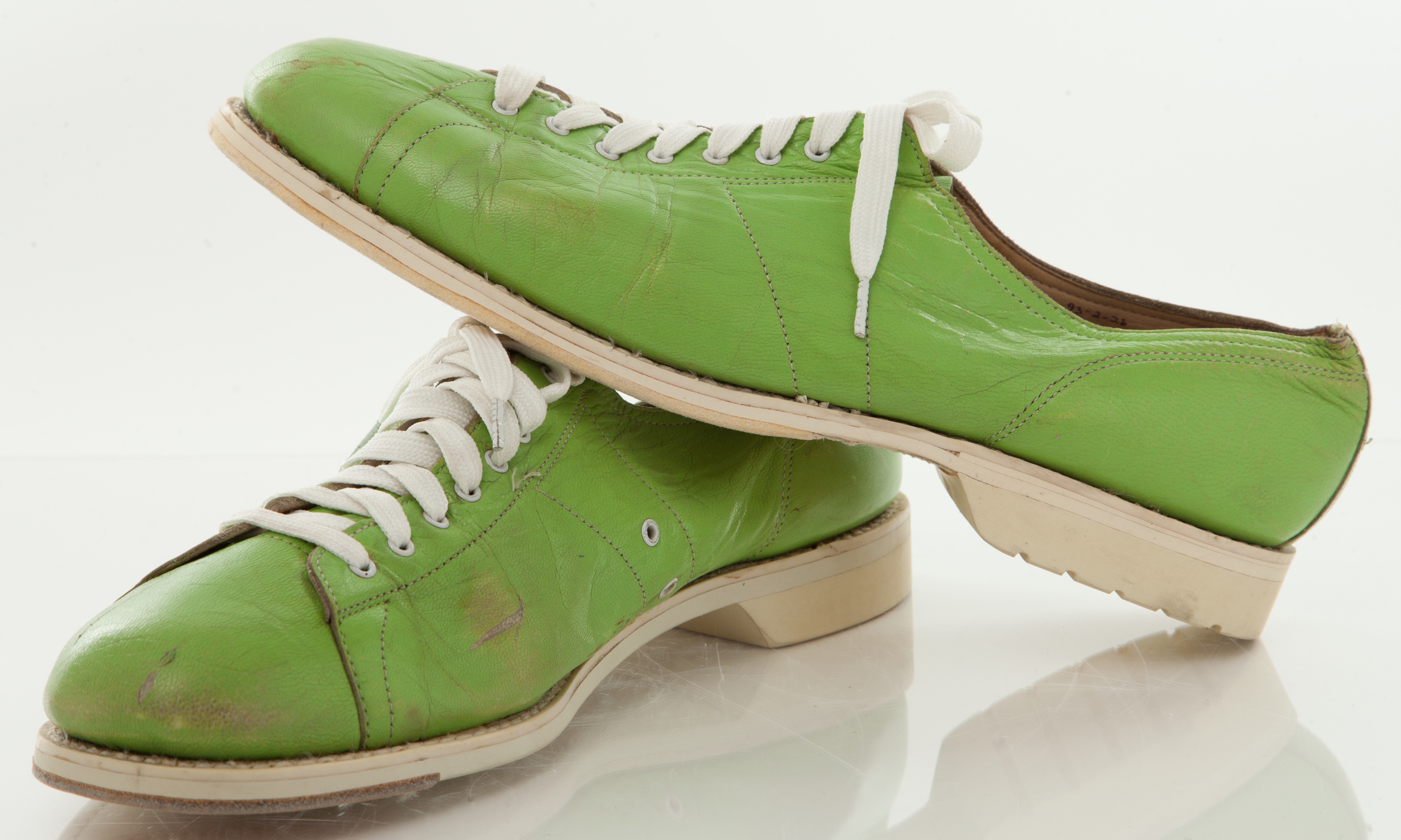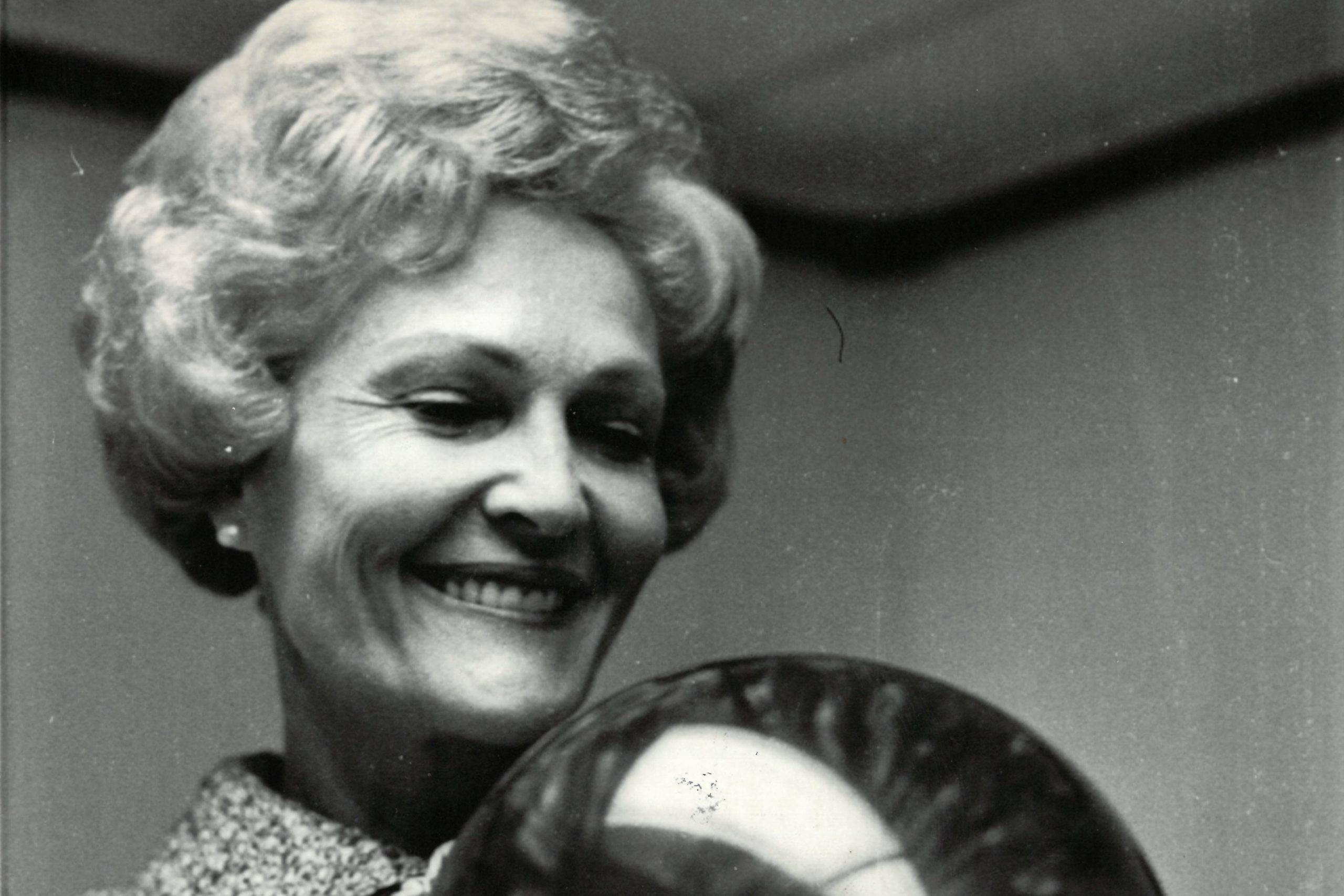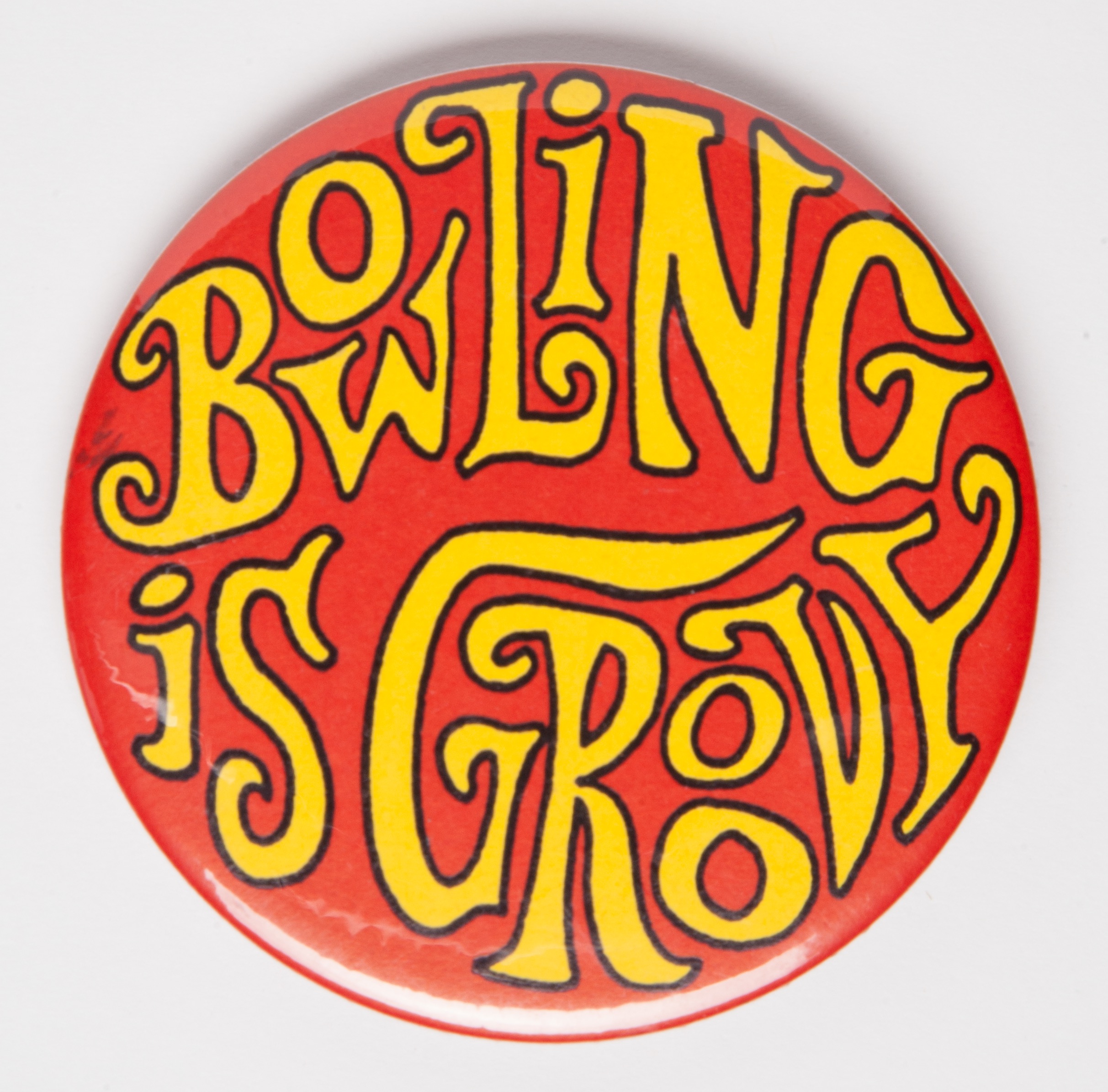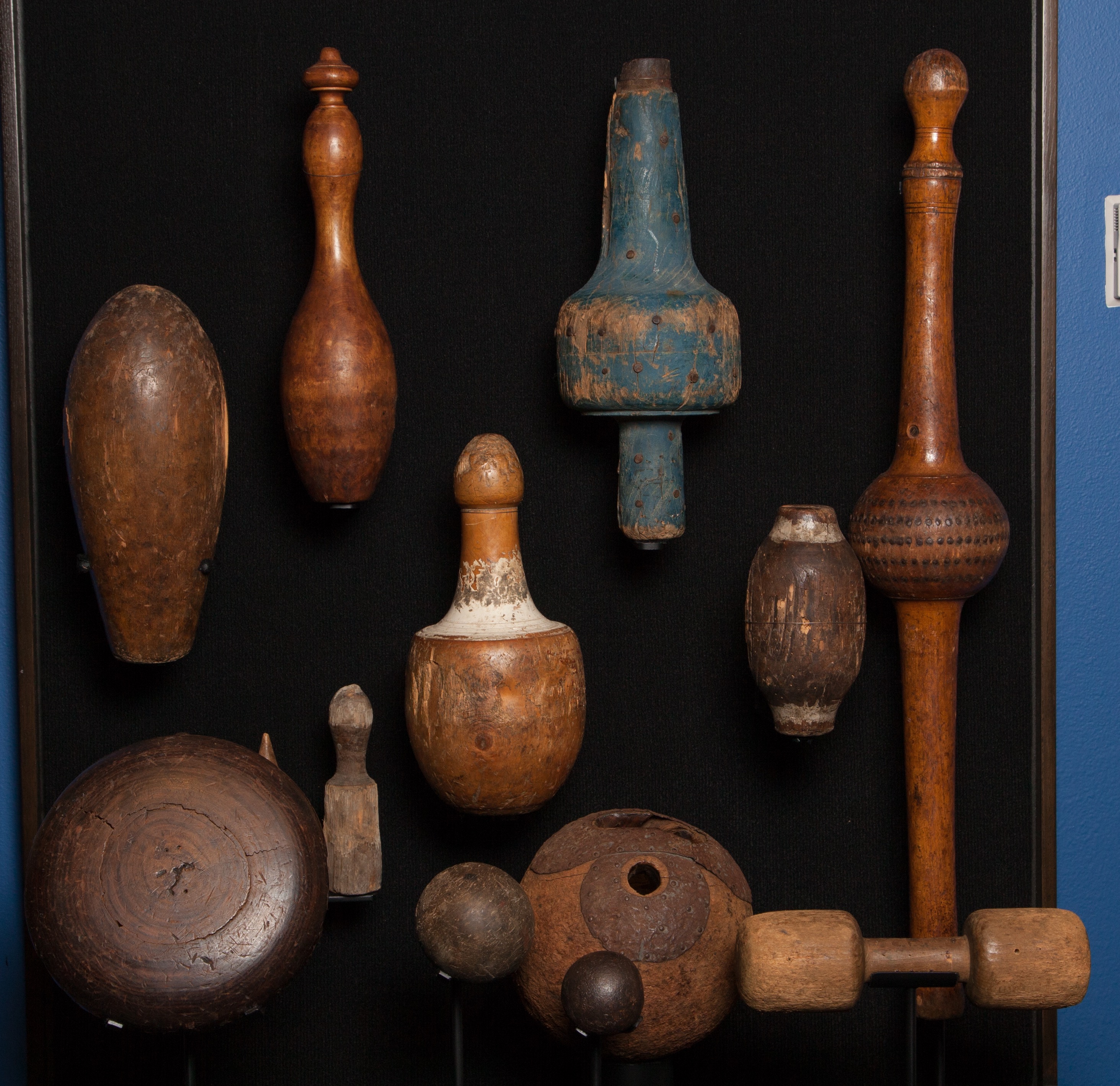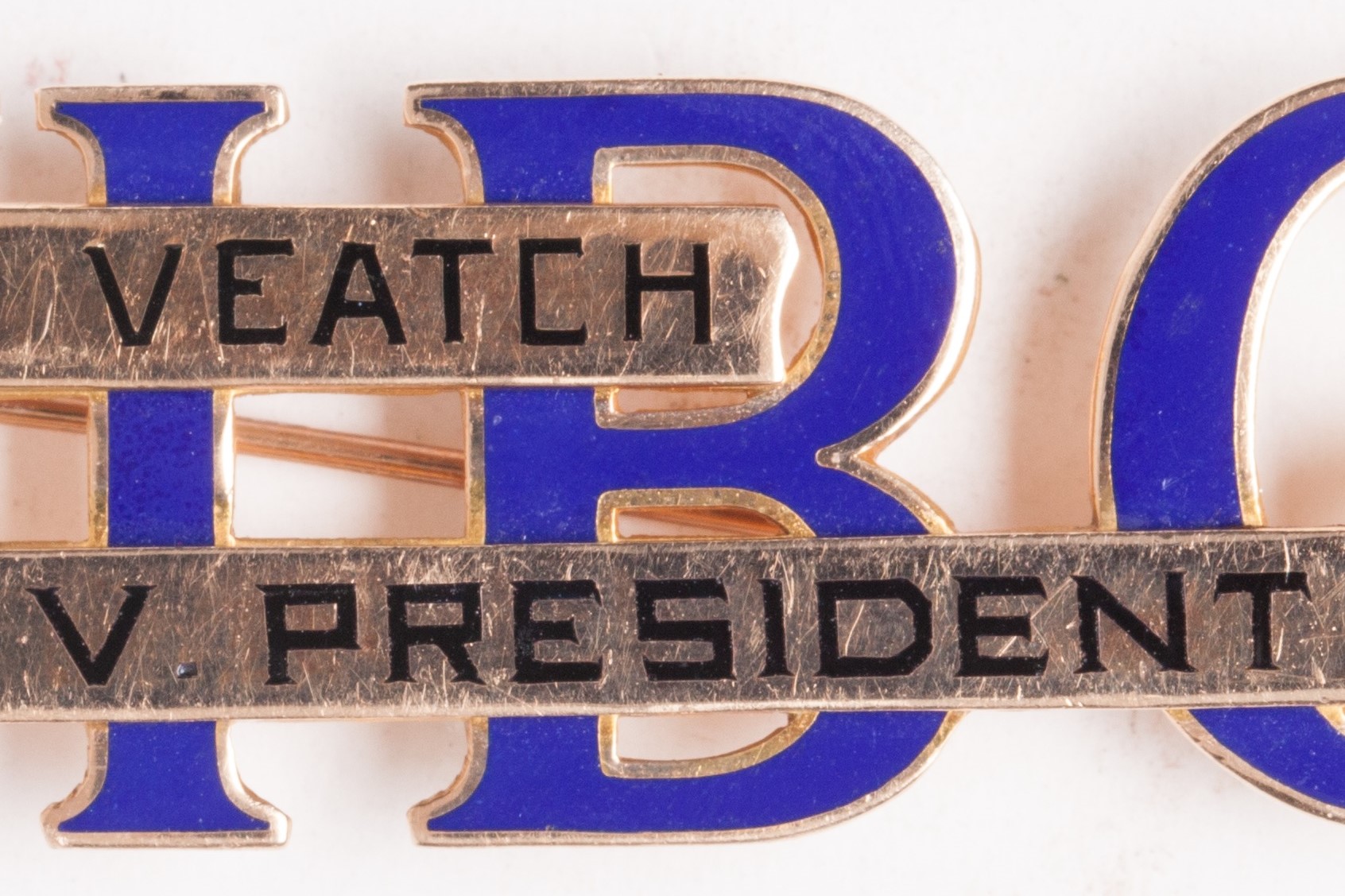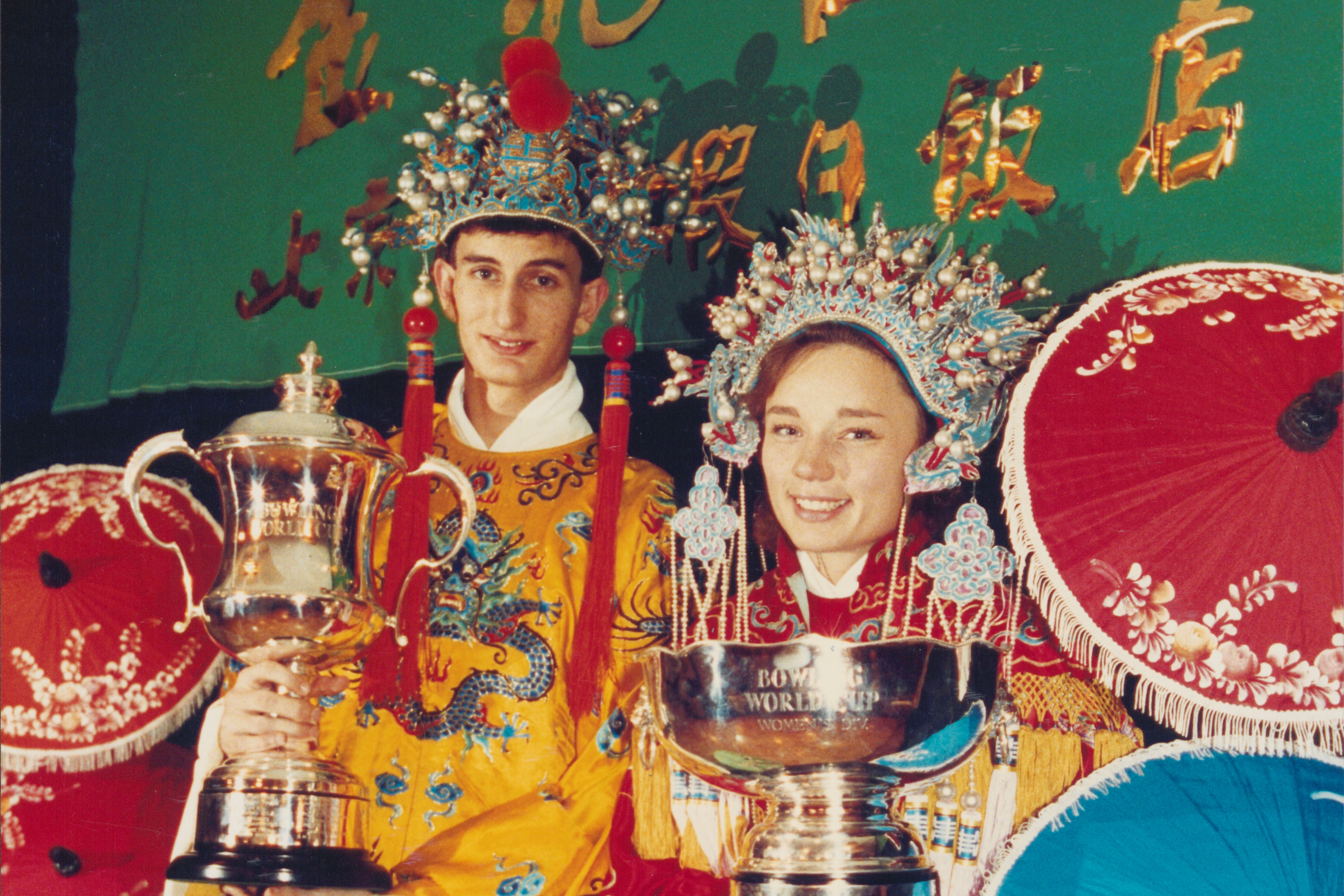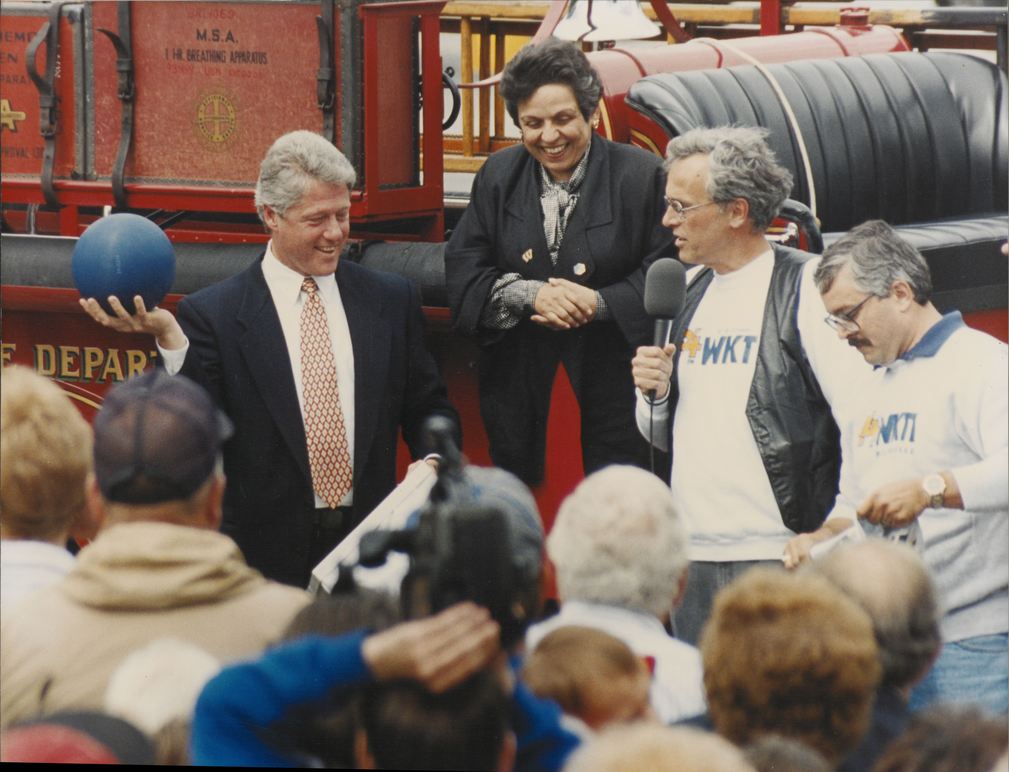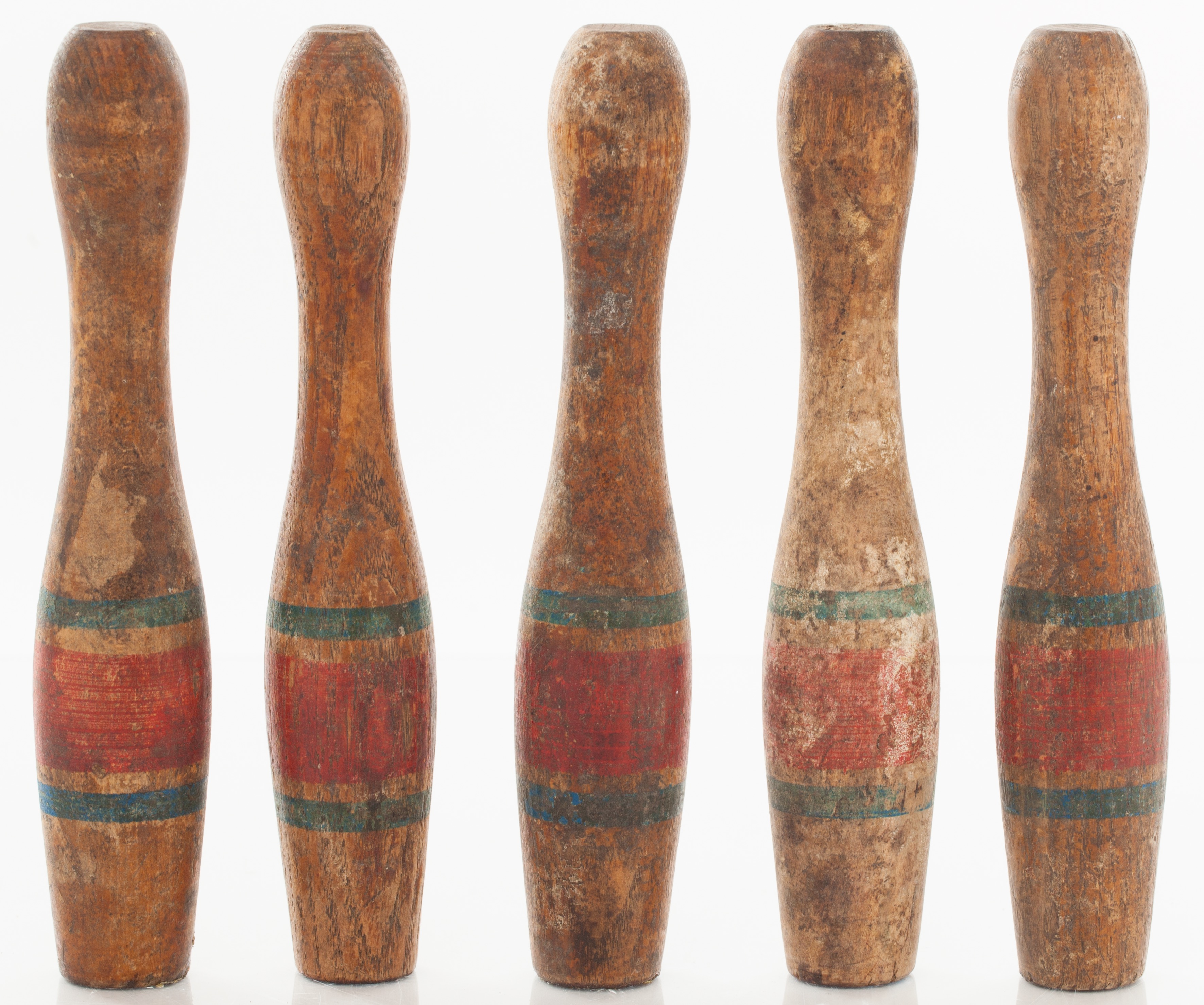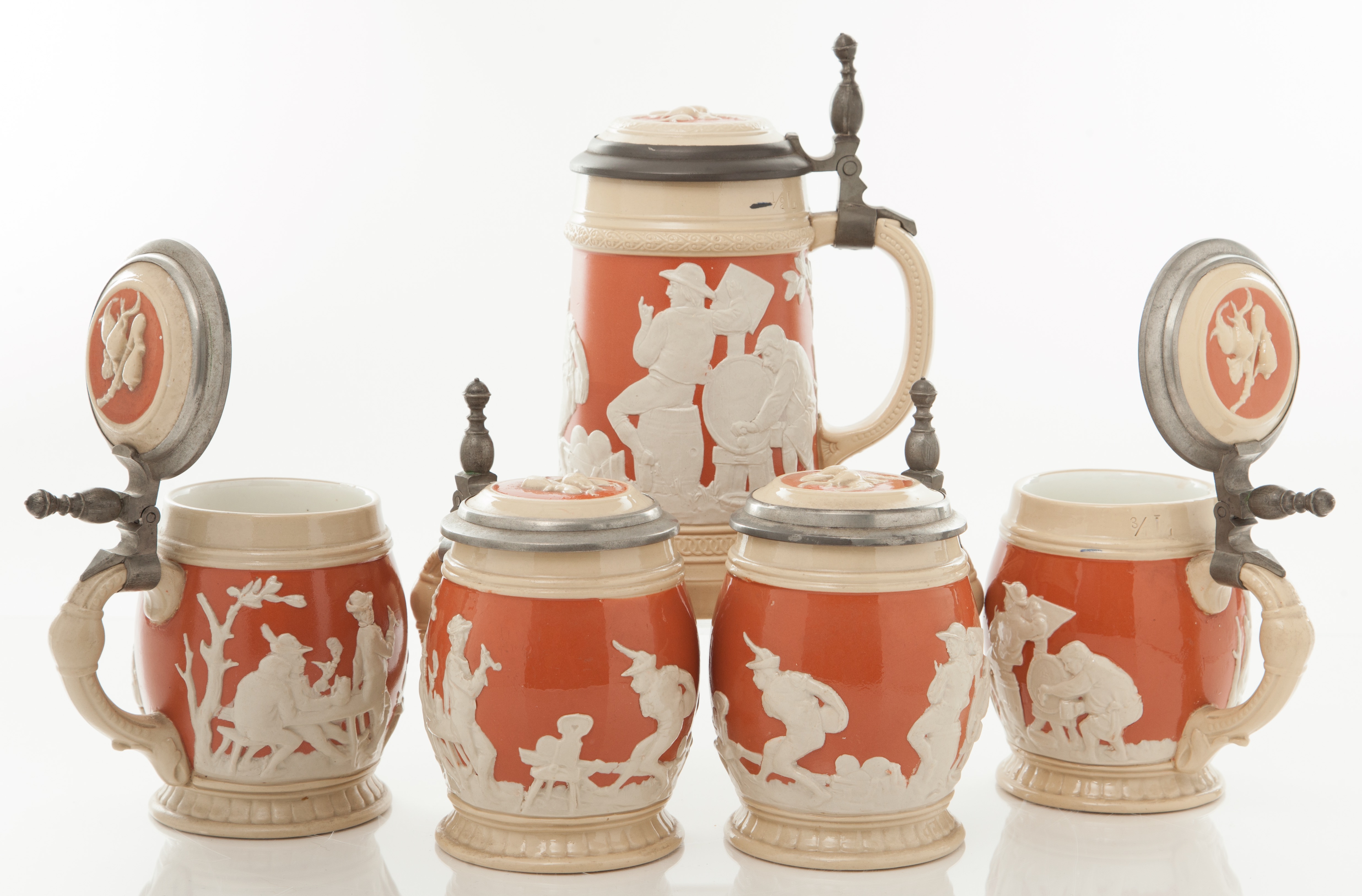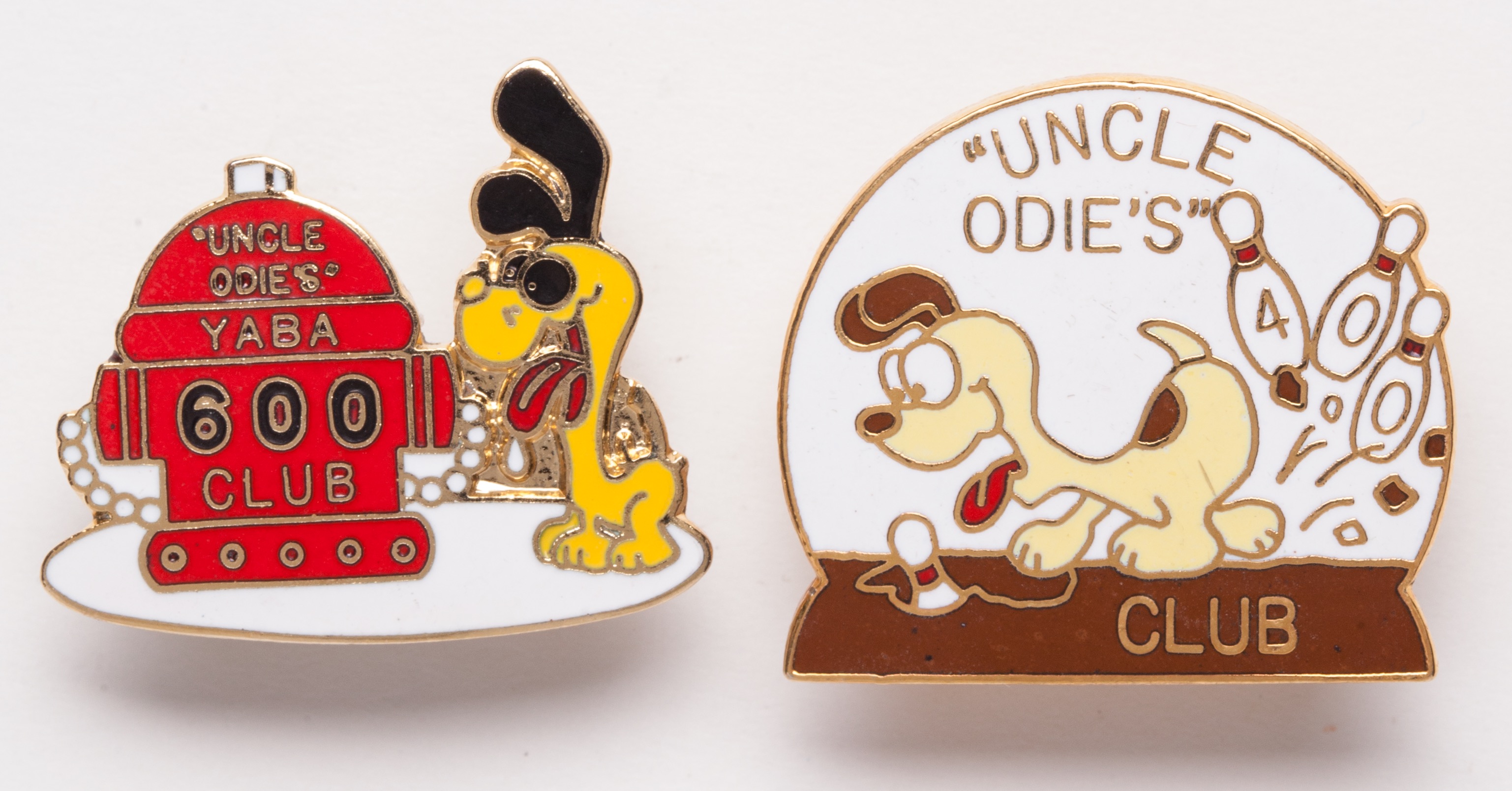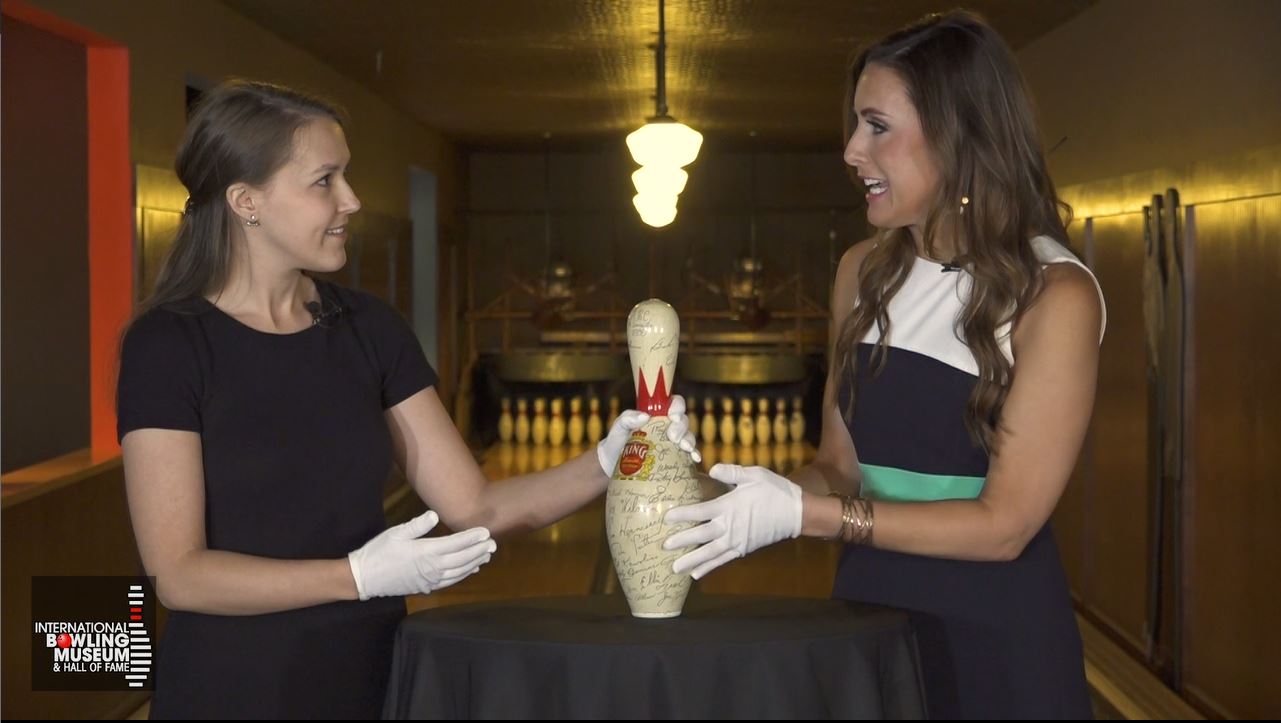Special Collections
Check out the galleries below for never-before-seen treasures from the Bowling Archives. Look through entire collections or skip around to find your favorite treasures.
There aren’t many pairings as great as beer and bowling. Folks who worked at breweries felt the same way, too. By the early 20th century, beer companies around the country sponsored men’s and women’s teams to compete in bowling tournaments while donning their logos. The movement promoted beer brands and fostered camaraderie among participants, many […]
In the 1970s, bowling continued to ride the wave of popularity the sport built up over the previous two decades. Stars like Billy Hardwick, Dorothy Fothergill and Kayoko Suda dominated at tournaments, while new faces emerged with uplifting stories about the bowling community. Learn more about the biggest names and defining moments of the early […]
The 1960s BPAA All-Star Tournaments were a pivotal continuation of the sport’s surging popularity from the 1940s and 1950s. Bowling’s brightest luminaries dazzled on its grandest stages, contributing to the sport’s expanding popularity across diverse regions of the country. Explore the defining moments that illuminated the BPAA All-Star tournaments – today known as the U.S. […]
Bowling gained major popularity in the United States after World War II. New audiences experienced bowling thanks to groundbreaking live television broadcasts of tournaments. Alleys sprouted up across communities, making bowling accessible to first-timers. And star rollers shined in the BPAA All-Star Tournament, bringing excitement and fanfare to the competitive circuit. Learn more about the […]
During the early twentieth century, the American Bowling Congress developed into an organization respected by bowlers far and wide. Founded in 1895 and hosting its first tournament in 1901, the ABC emerged at a time when bowling became an increasingly popular national sport. Over the coming decades, thousands of individual competitors, teams, employees and fans […]
Known far and wide as “the Queen of Bowling,” Marion Ladewig’s reign lasted for nearly three decades during the 1940s, 1950s and 1960s. The grandmother from Grand Rapids, Michigan, emerged as a dominant force, winning a cache of tournaments, championships and accolades in an unmatched career. Ladewig is recognized today as the greatest female bowler […]
Bowling is so beloved the fun can't be contained to an alley! From board games to arcade attractions to pint-sized pins, bowling has been making its way into our homes and hobbies for decades.
Just as American tenpin bowling was a phenomenon all its own, American bowling centers also took on a distinctly American flavor. Bowling alleys transformed from small establishments with a few lanes and a few billiard tables to massive entertainment centers with nightclub-esque features.
The St. Louis Budweisers are widely considered the best bowling team ever assembled. Budweiser Beer Company began sponsoring the team in 1954, and the powerhouse grouping, which included Dick Weber, Don Carter, Ray Bluth, Pat Patterson and Tom Hennessey.
Though the basic principles of bowling have transcended millennia, the industry around it has embraced technological development. By integrating new machinery and products, proprietors and the top bowling organizations have made bowling more accessible and easier to play, propelling it to the position of America's top participatory sport.
Bowling balls are inarguably the most important piece of equipment a bowler owns, providing the most tactile connection a bowler has with the game. From the composition to the weight to the aesthetics, finding the perfect ball should be every bowler's first step.
In bowling, a perfect score game occurs when a bowler rolls twelve straight strikes for a total score of 300. After the twelfth strike, the score is certified by a local bowling organization who consider factors such as lane conditions and the bowler's standing within that organization.
There was only one Varipapa. That's how contemporaries described Andy Varipapa, a bowling phenom known for his trick shots, high scores and 17 instructional bowling films.
Bowling's leaders have made Olympic recognition an industry priority for decades. One of the stated missions of World Bowling (formerly known as the Federation Internationale des Quilleurs or FIQ) is to promote its inclusion as a competitive Olympic sport.
Bowling is America's top participatory sport, meaning more Americans will go bowling every year than play any other sport. An essential factor in achieving this distinction is making bowling accessible to individuals of all ages and abilities.
Bowlers want to stand out. From shooting for that perfect score to colorful falls to their sartorial choices, bowlers like to make a splash. Bowling fashion often serves dual purposes.
Women have always been integral to showcasing the various benefits of bowling. Throughout the twentieth century, female political leaders from around the world have hit the boards for both political purposes and personal recreation. U.S. First Lady Pat Nixon’s love for the sport even earned her a lifetime membership to the Women’s International Bowling Congress. […]
Like other pastimes and athletics, bowling had a way of seeping into one's identity. A passionate bowler could be identified not just from calloused hands, but from their home furnishings, personal affects, fashion accessories and even their personal care products.
The roots of American tenpin bowling can be traced to several bowling sports, primarily those of European origin. The basic principle of bowling, that is rolling a ball towards a target, can be found in records of antiquity.
From badges to ribbons to lapel pins, bowlers are not too shy to show off a bit of flair. Bowlers collect these souvenirs from tournaments, conventions and other events.
Bowling has always been an international sport. The closest ancestors of American tenpin bowling are likely the ninepin German game Kegel and the widely-played European lawn game skittles.
Bowling has enjoyed over a century of popularity in the United States. It is the nation's top participatory sport, and was been the subject of literature, film, satire and political photo op.
Without bowling pins there would be no bowling. Like other bowling equipment pins have undergone a great deal of changes in a century plus of American tenpin bowling.
It's hard to deny the connection between bowling and beer. From to cold pints at the lanes to the Golden Age super-team the St. Louis Budweisers, beer has been an ever-present part of the sport.
For many adult bowlers, love of the sport started at an early age. Be it joining a children's league, bowling with friends and family or joining school leagues, bowling is unique in its accessibility for athletes of all ages.
Learn more about these bowling treasures from the International Bowling Museum and Hall of Fame, shot at the Museum’s vintage lanes in 2019.
